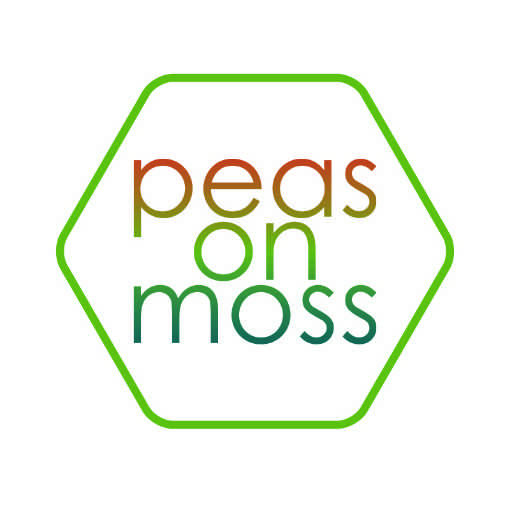 |
| Photo by Paul Alhadef at the Pueblo Library |
Molecular Gastronomy – my favorite application of science.
In his introduction to Molecular
Gastronomy, editor Albert Sonnenfeld says that “molecular gastronomy deals
with culinary transofmrations and the sensory phenomena associated with
eating.” Herve This, the author, agrees and states that “whoever understands
the reasons for the results he or she obtains in the kitchen can improve on
them,” and that becoming a better cook is about understanding the why as well as the how. In the lab, I know that these are not mutually exclusive; I
can’t master one without the other.
Gastronomy, editor Albert Sonnenfeld says that “molecular gastronomy deals
with culinary transofmrations and the sensory phenomena associated with
eating.” Herve This, the author, agrees and states that “whoever understands
the reasons for the results he or she obtains in the kitchen can improve on
them,” and that becoming a better cook is about understanding the why as well as the how. In the lab, I know that these are not mutually exclusive; I
can’t master one without the other.
I am borrowing a copy of MG from a friend, and it has blown
the walls off my little culinary knowledge box. Even just starting the book –
and I still haven’t finished reading it – my cooking process has changed. I am
careful to let cooked meats rest longer, and I have paid attention to where my
pans sit in the oven when baking.
the walls off my little culinary knowledge box. Even just starting the book –
and I still haven’t finished reading it – my cooking process has changed. I am
careful to let cooked meats rest longer, and I have paid attention to where my
pans sit in the oven when baking.
I’ve also noticed that the book has explained some of the why to the how that I learned in
culinary school. In one of our rotations, we were responsible for the Fry
Station, which produced French Fries (frites) and fried fish pieces. Perfectly souffled potatoes are cooked
completely inside, fluffy and smooth, and are crisp and golden on the outside.
Similar properties are expected of batonnet-cut potatoes that are fried to
pefection.
culinary school. In one of our rotations, we were responsible for the Fry
Station, which produced French Fries (frites) and fried fish pieces. Perfectly souffled potatoes are cooked
completely inside, fluffy and smooth, and are crisp and golden on the outside.
Similar properties are expected of batonnet-cut potatoes that are fried to
pefection.
Herve This showed that this perfect texture is achieved by
following a two-step cooking method. The first time cooks the interior of the
potato, creating a nice pureed center. The second creates a crisp crust for the
potato slice. This showed that controlling the oil temperature and the potato
slice thickness was the trick to cooking the souffled potatoes. This method was
taught in class, but we were too busy to explore the reasoning behind it.
following a two-step cooking method. The first time cooks the interior of the
potato, creating a nice pureed center. The second creates a crisp crust for the
potato slice. This showed that controlling the oil temperature and the potato
slice thickness was the trick to cooking the souffled potatoes. This method was
taught in class, but we were too busy to explore the reasoning behind it.
It was interesting to read that the water inside the potato
turned to steam, which caused the starch molecules to expand and link together,
creating the internal potato puree. The steam also causes the potato to float
in the frying oil, because steam is less dense than water and oil. When the potato slices are cooked
again, more steam is created by the residual water, causing the frites to float
again, and the crust gets golden and crisp.
turned to steam, which caused the starch molecules to expand and link together,
creating the internal potato puree. The steam also causes the potato to float
in the frying oil, because steam is less dense than water and oil. When the potato slices are cooked
again, more steam is created by the residual water, causing the frites to float
again, and the crust gets golden and crisp.
At work, one of the chefs made a super-fancy fry using the ultrasonic machine. So crisp all the way through! Wow! Here’s the link to those.

Recent Comments